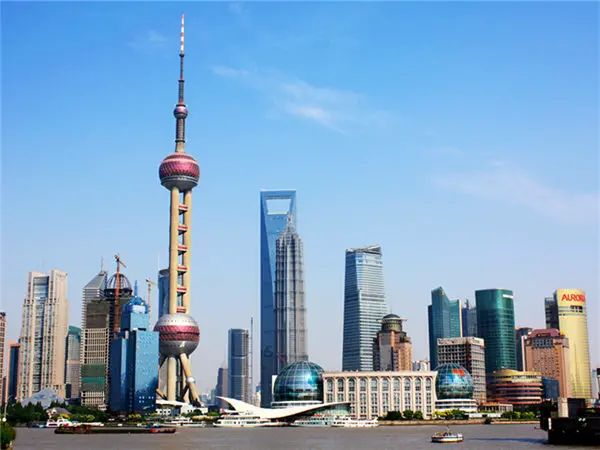Horticultural companies in Guangdong province should grasp opportunities linked to the Belt and Road Initiative and expand their businesses globally.
Zhou Yue, general manager of Guangdong Chencun The World of Flowers Co Ltd, pointed to growing markets across the world that Chinese growers should take advantage to sell their flowers and plants.
"The vast flower markets in Southeast Asia, the Middle East, Central Asia, and other regions involved in the Belt and Road Initiative have provided a myriad of business opportunities," Zhou said.
Founded in 1998, Guangdong Chencun is a leading flower and plants business center, which has combined production and sales with scientific research.
Recognised as one of the largest privately-owned companies in the sector, it has yet to release detailed financial figures.
"Guangdong already has established close economic ties, and advanced air and sea routes with the rest of the world," Zhou said.
The province in southern China, which borders Hong Kong and Macao, has an ideal subtropical climate to grow a vast array of commercial flowers and plants.
It is also one of the largest exporters of horticultural produce in the mainland.
"Guangdong flowers are of exceptional quality and priced competitively," Zhou said. "We have developed a highly-sophisticated flower and garden plant industry here."
So, sophisticated, in fact, that the province earned $26.86 million from the export of flowers and plants last year, an increase of 11.5 percent compared to 2015.
Guangdong mainly sells its flowers to Southeast Asia, the United States, Canada, Europe, Australia and New Zealand.
But the Belt and Road Initiative will help further boost the development of the horticultural industry and expand exports.
Figures from the China Flower Association showed that the area registered for planting flowers in the country increased to 1.33 million hectares last year, up 1.81 percent compared to 2015.
Total domestic sales last year for the industry was 161.65 billion yuan ($23.6 billion). But overall exports of $594 million dipped by 4.2 percent compared to 2015.
(CHINA DAILY)
 简体中文
简体中文

